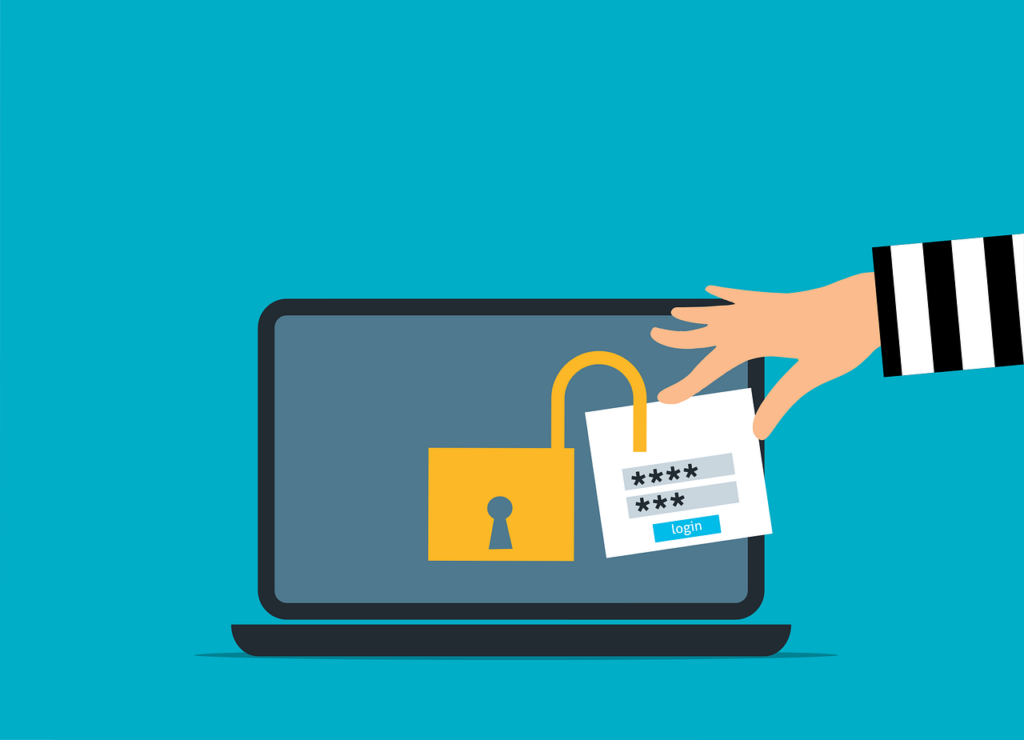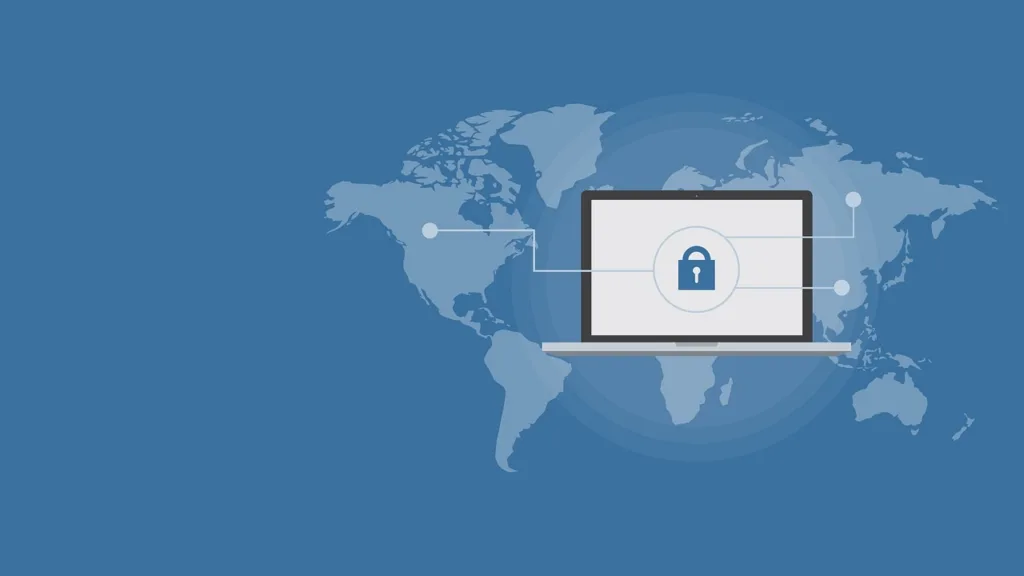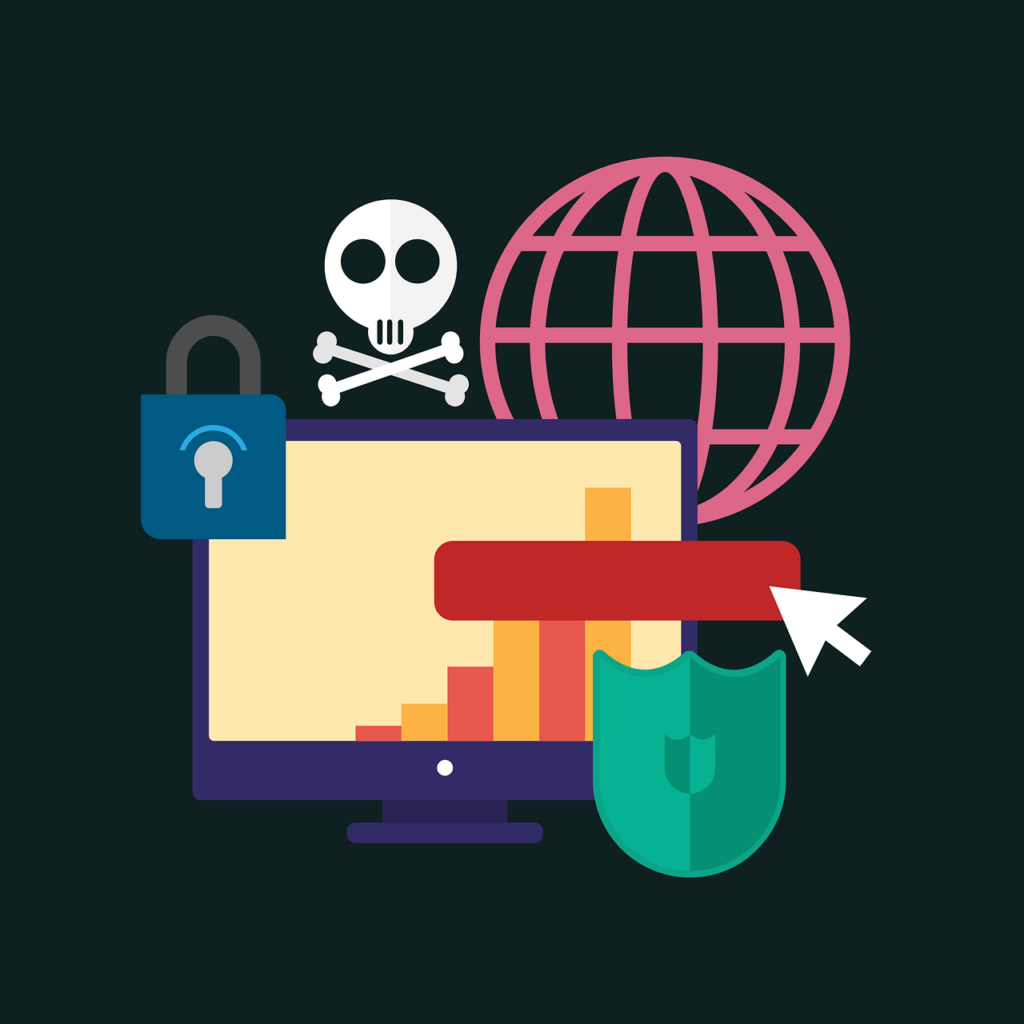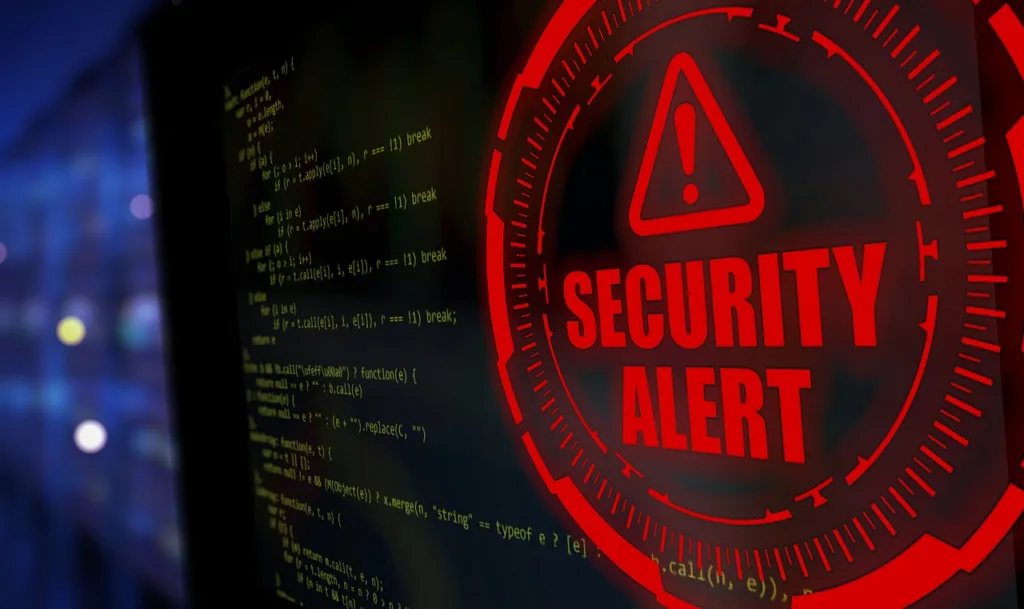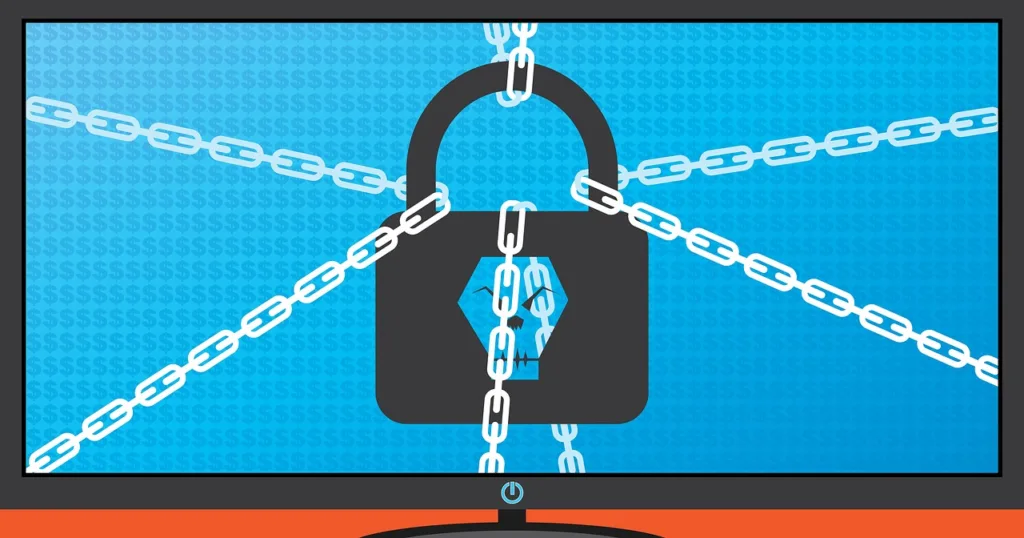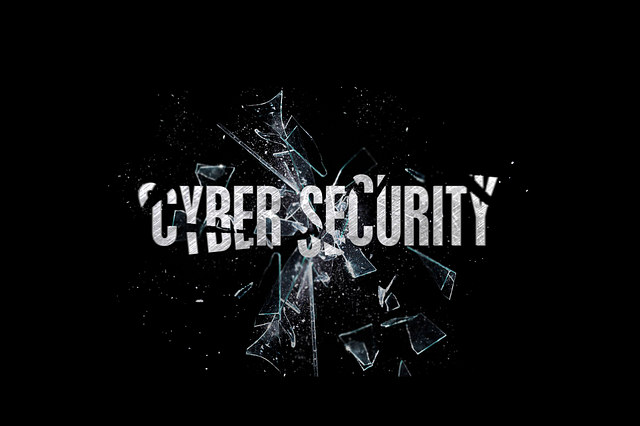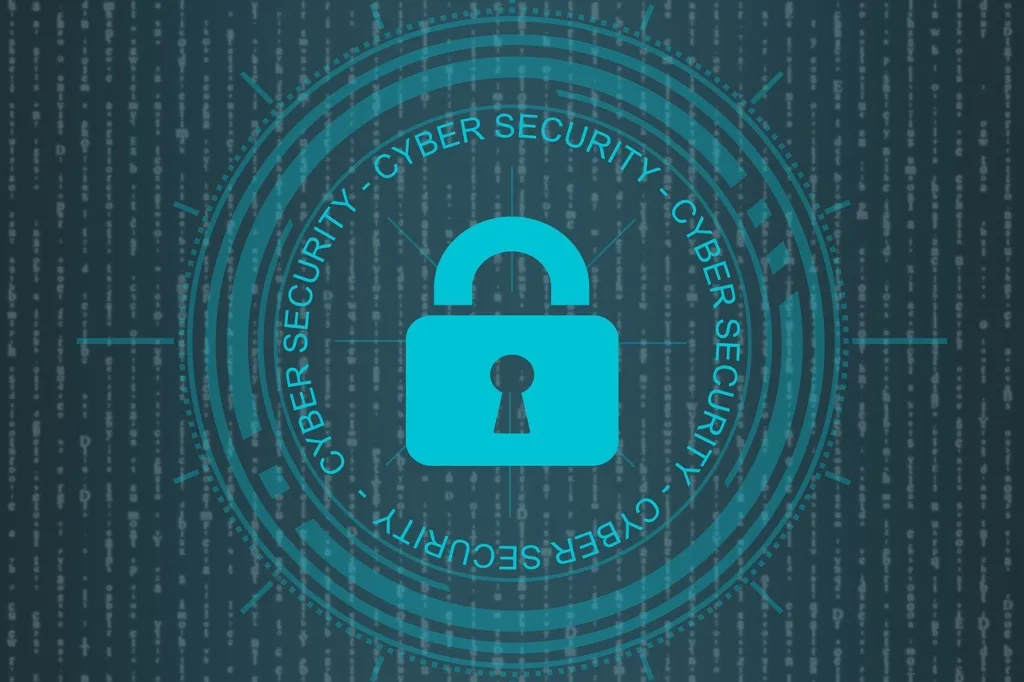Vulnerability Assessment: Strengthening Your Cyber Defenses
In the ever-expanding digital landscape, where technology evolves at an unprecedented pace, the risk of cyber threats looms large. Organizations face a constant barrage of potential vulnerabilities that could be exploited by malicious actors. To fortify defenses and safeguard valuable assets, the implementation of a robust Vulnerability Assessment (VA) strategy is paramount.
At its core, a Vulnerability Assessment is a systematic process of identifying, quantifying, and prioritizing potential weaknesses within an organization’s information systems. This proactive approach empowers organizations to take preemptive action, minimizing the risk of data breaches, service disruptions, and unauthorized access.
The VA process typically involves a combination of automated scanning tools and manual analysis. Automated tools efficiently scan networks, systems, and applications, identifying known vulnerabilities and potential areas of weakness.
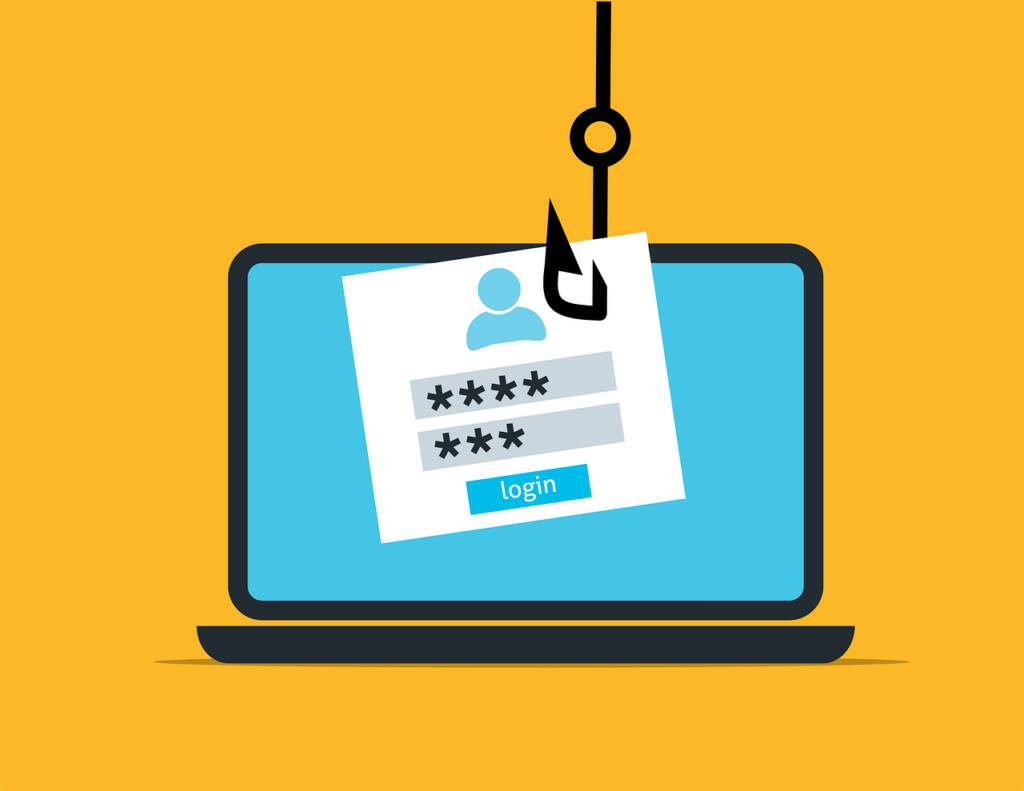
Key elements of Vulnerability Assessment:
- Risk Identification and Quantification: VA involves a systematic process of identifying potential weaknesses in an organization’s information systems.
- Automated Scanning Tools: Utilizing cutting-edge automated scanning tools, VA casts a wide net across networks, systems, and applications.
- Preventive Focus: The primary goal of VA is in identifying vulnerabilities proactively, organizations can take remedial actions before these weaknesses become exploitable threats.
Significance of Vulnerability Assessment:
- Proactive Security Posture: VA empowers organizations to adopt a proactive stance against potential cyber threats.
- Compliance Alignment: In an era of stringent regulatory requirements and industry standards, VA plays a crucial role in aligning organizations with compliance mandates.
- Prioritization for Remediation: Not all vulnerabilities carry the same level of risk. VA prioritizes vulnerabilities based on severity, enabling organizations to focus on addressing the most critical issues first, optimizing resource allocation.
